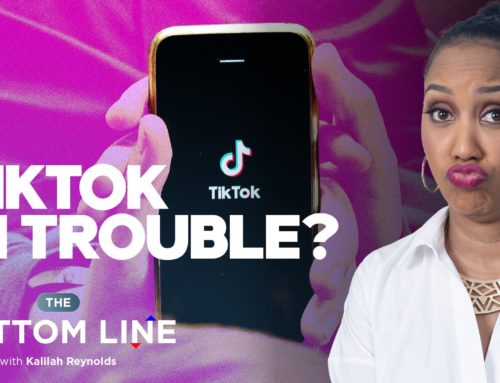Zimbabwe Introduces New Gold Backed Currency
Zimbabwean officials have introduced a new gold-backed currency to replace its current bank notes. Hmm… this sounds familiar, maybe sixth time’s the charm?
Zimbabwe recently became the first African country to introduce a gold-backed currency. It’s called ZiG, short for “Zimbabwe Gold”. The new notes come in denominations from 1 to 200. According to Zimbabwe’s central bank, the value will be set at a market-determined exchange rate.
The ZiG is set to replace the previous currency launched in 2019, the RTGS. The RTGS has already lost three-quarters of its value this year, thanks to inflation.
Zimbabwe’s point-to-point inflation rate for March reached a seven-month high of 55%! For comparison, Jamaica’s inflation rate for March was 5.6%. In the US, it was 3.5%.
So to help combat inflation, the country is getting rid of the inflation-hit notes altogether and starting from scratch.
But this isn’t a new tactic for Zimbabwe. The country has been struggling with its currency and economy for a long time.
In 2008, the southern African nation infamously went through a period of HYPER hyperinflation. The inflation rate reached almost 80 billion percent PER month in mid-2008. You heard me, 80 billion percent! It seems unbelievable, right? Imagine paying $10 million for a loaf of bread! I’m not even exaggerating. This is a real headline!
By November 2008, inflation soared to an unprecedented 89 zillion percent! Now, I’m sure you’re thinking, ‘Kalilah, zillion, with a Z? There’s no such thing.’ If you check online, most dictionaries will tell you that a zillion is a made-up number to define an infinite quantity.
But that’s how the IMF quantified the inflation. Some other sources will have it listed as sextillion. In America, that has 21 zeros, and in Britain, it has 36 zeros. In any case, you get the point! Inflation was a massive problem.
At one point the Central Bank was printing $1 trillion bills, and $100 trillion bills, because of runaway inflation. It was a crazy time.
So to lower inflation, they got rid of the affected currency.
According to AlJazeera, the ZiG is actually Zimbabwe’s sixth attempt to launch a new currency since 2008.
After that period of hyperinflation, they abandoned using their own currency and opted for foreign banknotes such as the US dollar and the South African rand, which are much more stable.
In 2016, the Central Bank introduced a new currency called the bond note that was backed by a US dollar loan facility. But that bond note also crashed because the government started printing too much money.
And that brings us to the ZiG. The country’s gold-backed currency.
Now historically, gold has been a fairly stable commodity. So having a gold-backed currency, especially in a country with high inflation, doesn’t seem like a bad plan, in theory.
But Zimbabwe’s downfall in the past has been over-printing. Having too much cash in any economy isn’t good. The cash available has to be based on the country’s productive output. You can’t just make up a number and start to print, or else the money becomes worthless. It’s a delicate balancing act, which based on past actions, Zimbabwe hasn’t mastered yet.
So this time, the government has decided that they’re going to back their currency with gold. The amount of money the government prints will be equivalent to the amount of gold and foreign reserves they have. The Central Bank Governor says he’s committed to ensuring this standard prevails, to prevent the ZiG from losing value like its predecessors.
The Government has given Zimbabweans until the end of April to convert to the new currency.
However, some economists doubt this will work. One even pointed out that, “The political culture has not changed and the critical point is discipline on the part of the authorities.”
Economists have also suggested that the US dollar, which accounts for 85% of transactions and will remain legal tender, will remain Zimbabweans’ preferred currency.
And that’s the bottom line.
Fleetwood Takes Over Starfish Oils
The Cast Richard Coe Managing Director Fleetwood Jamaica David Rose Business Writer, Observer













Leave A Comment